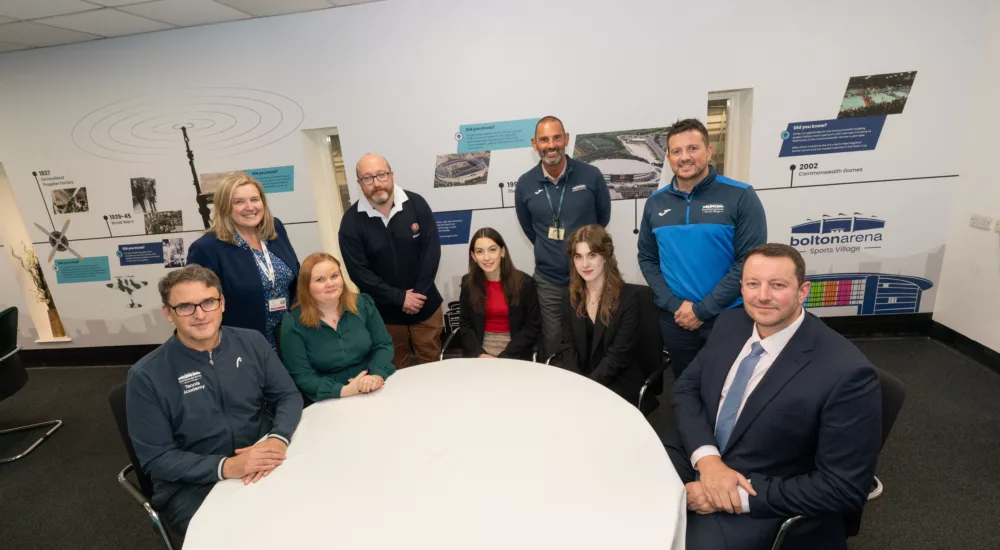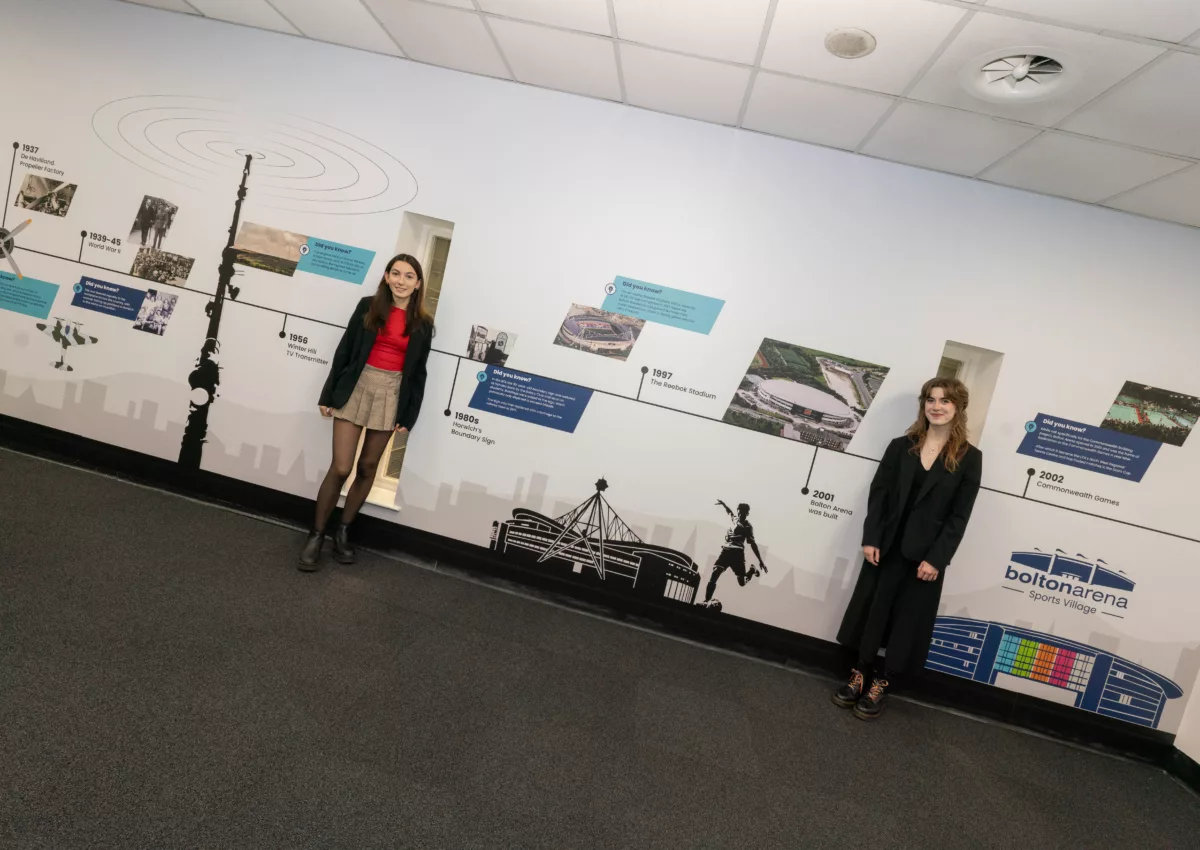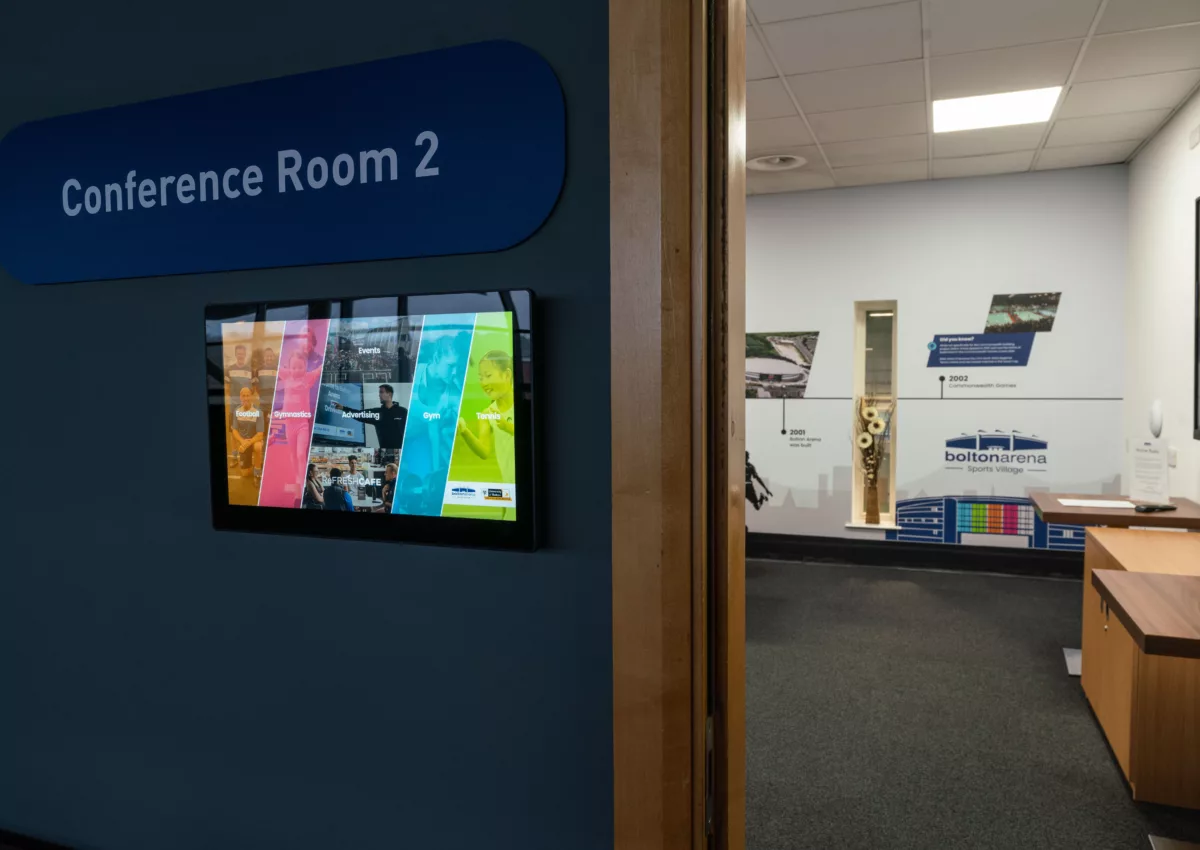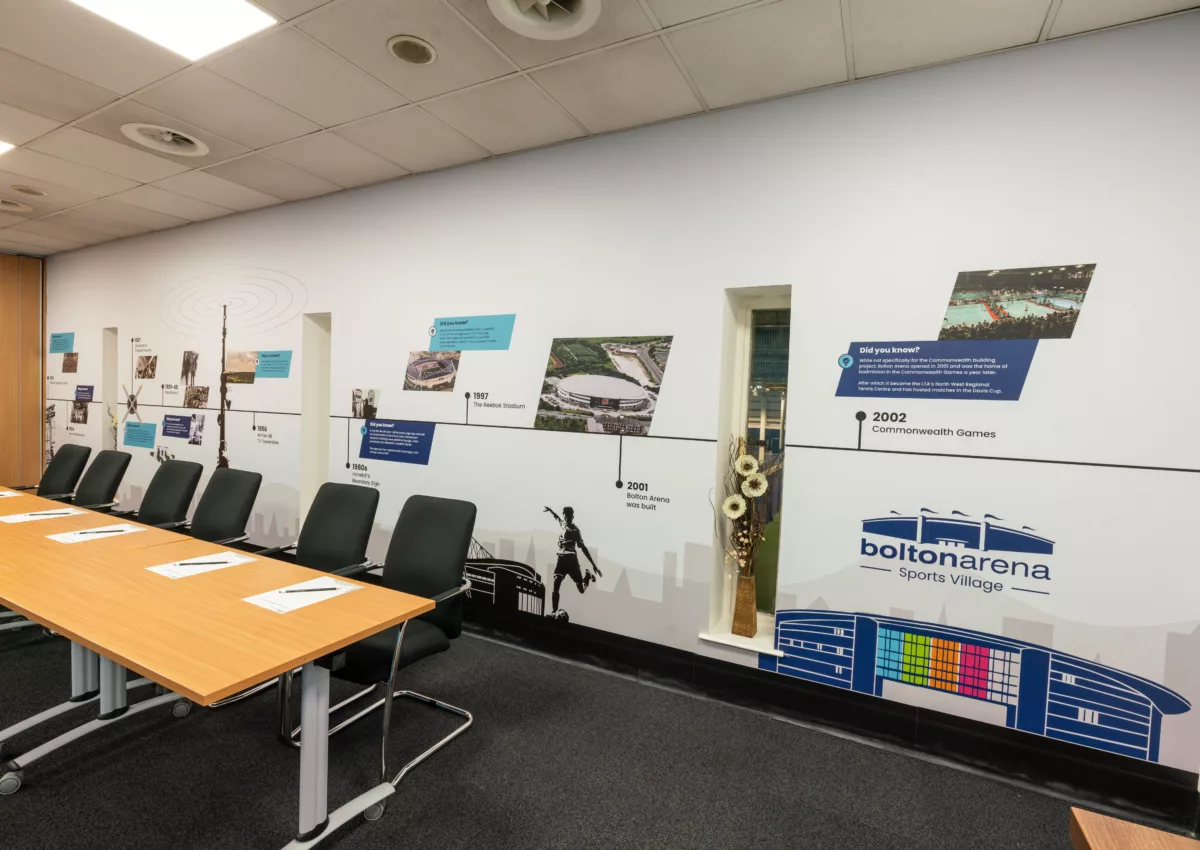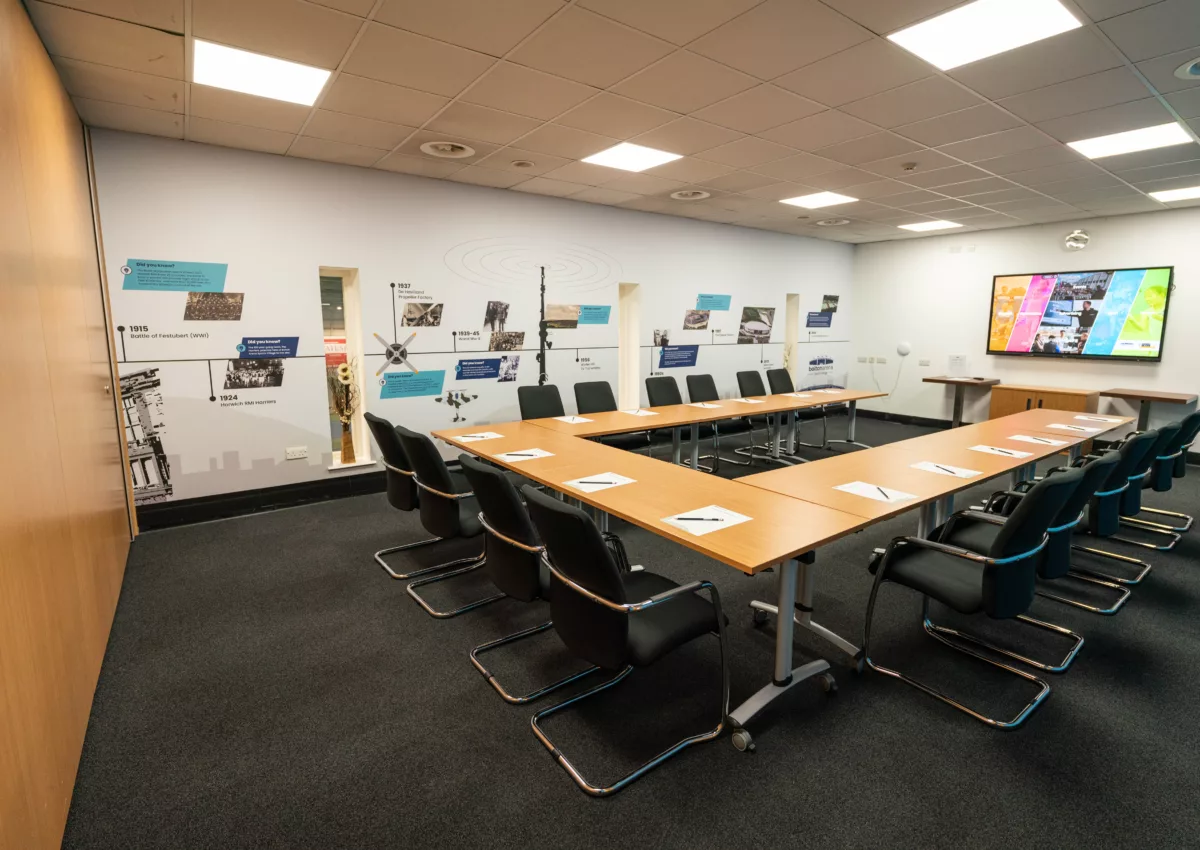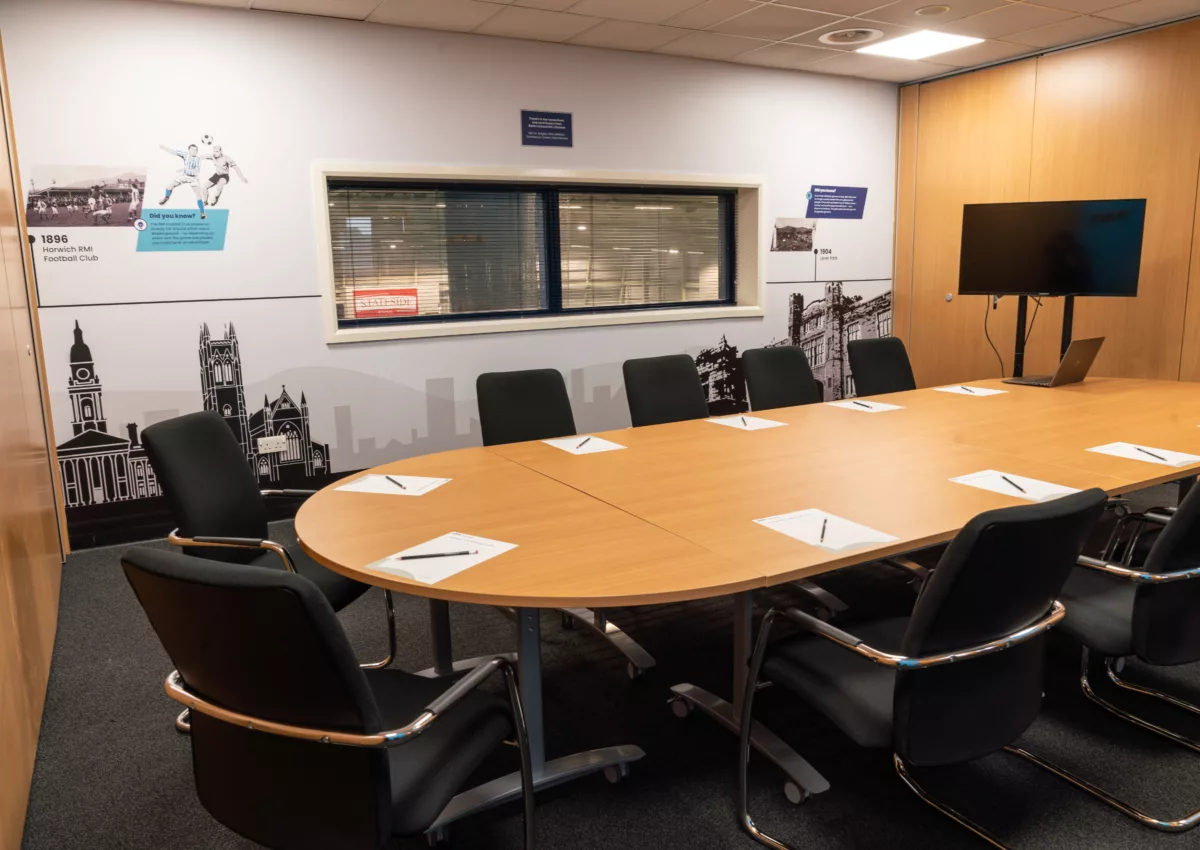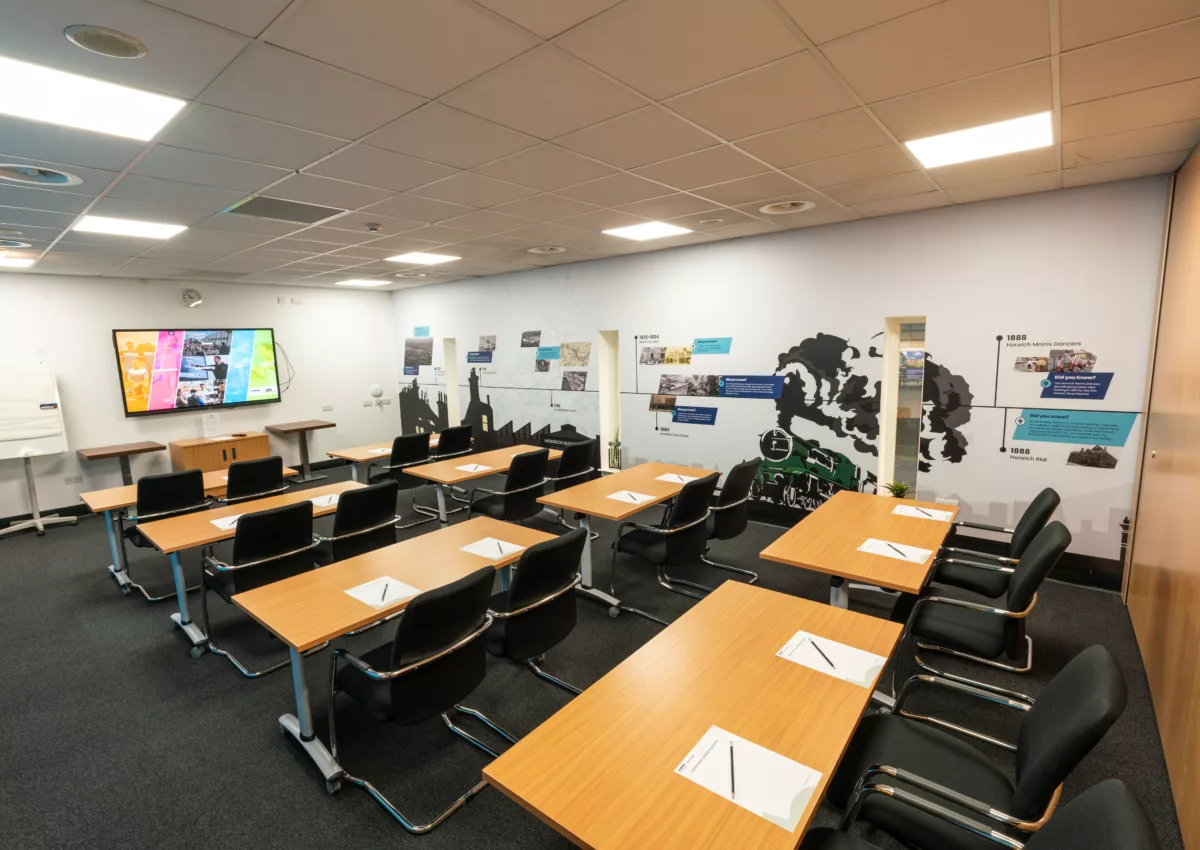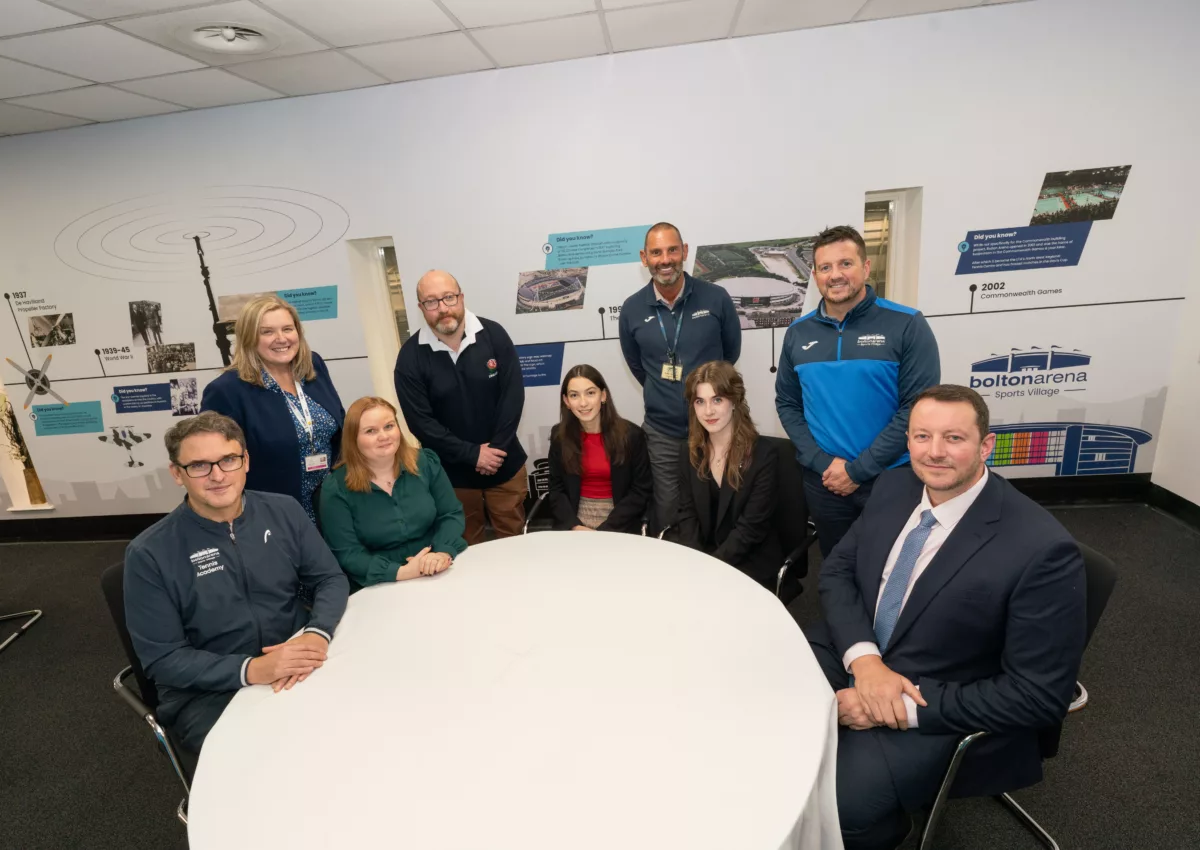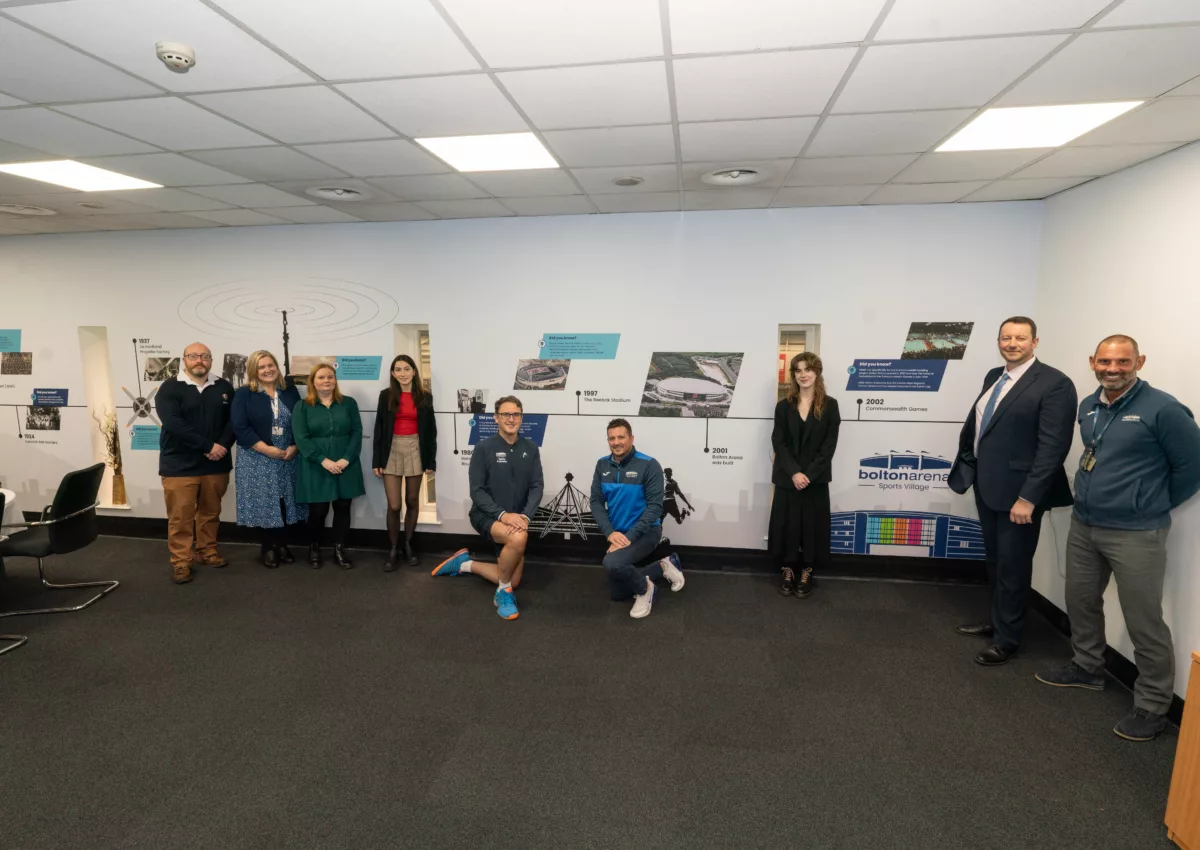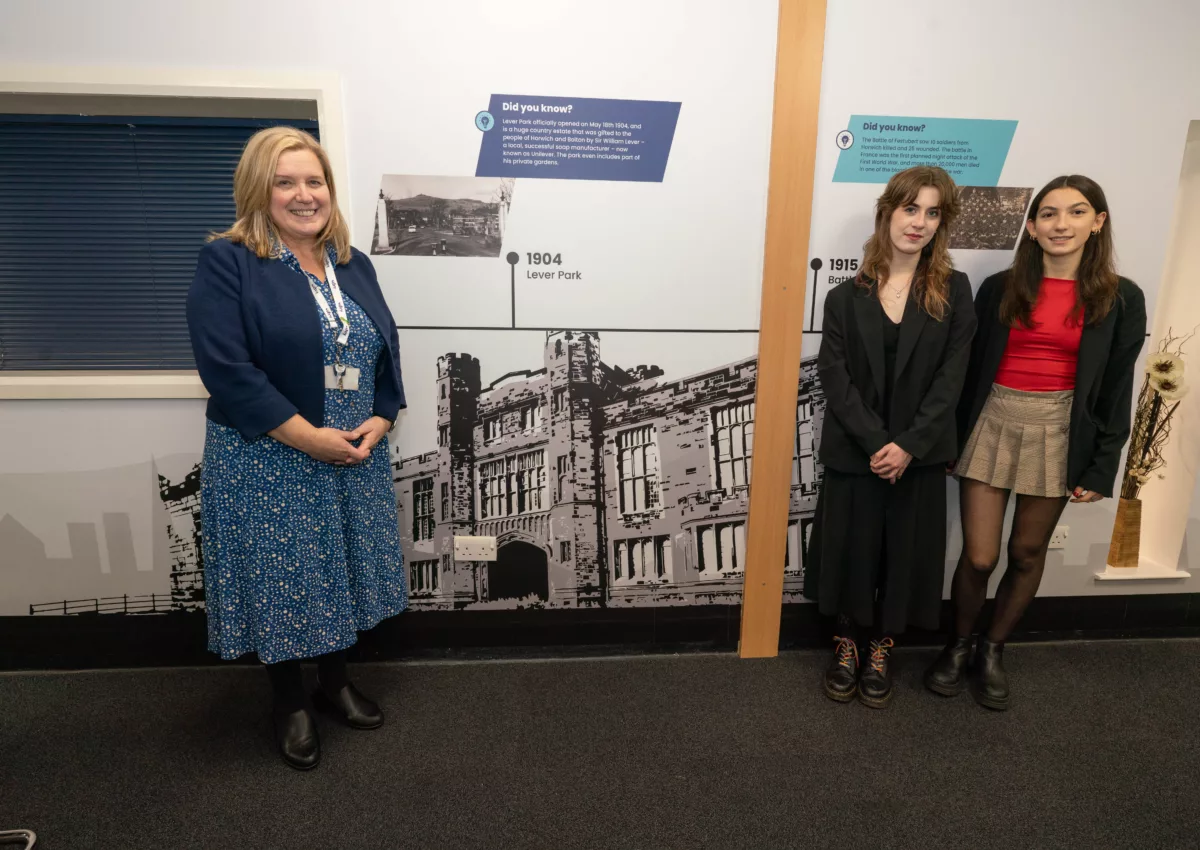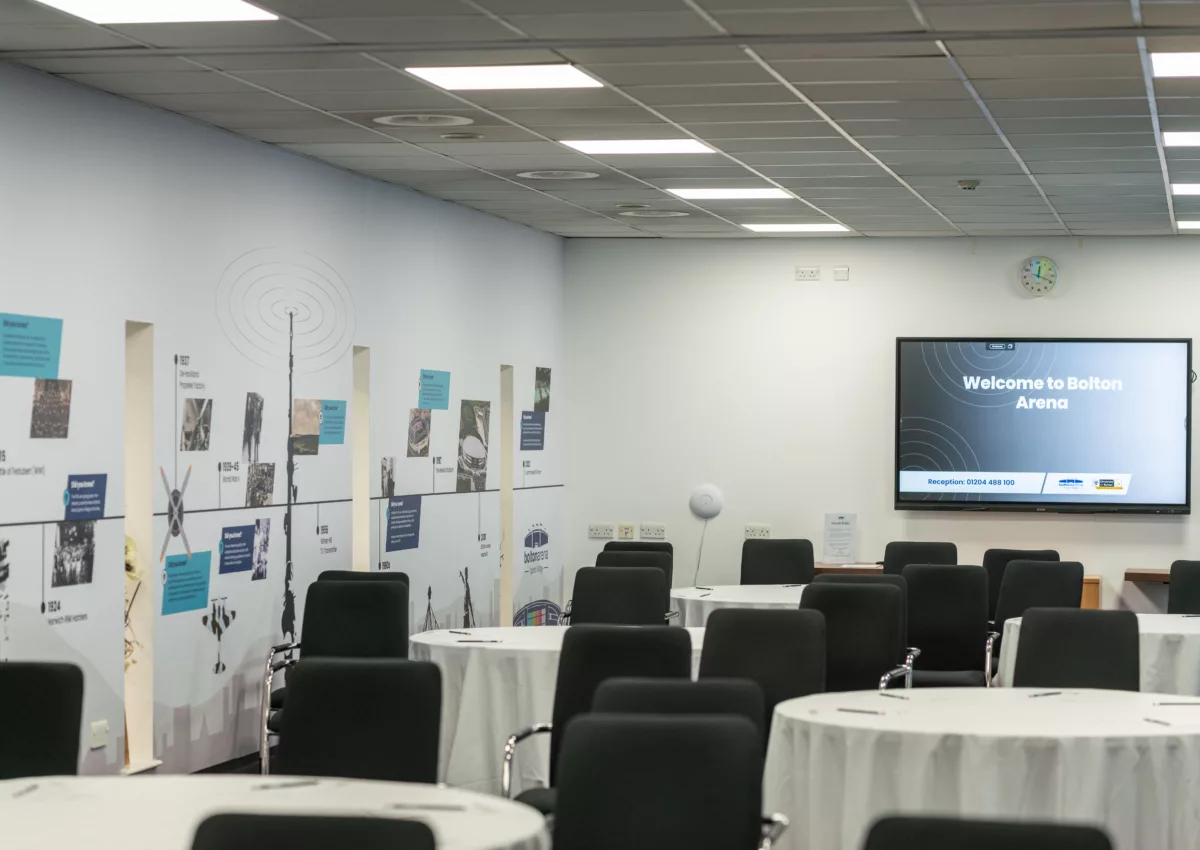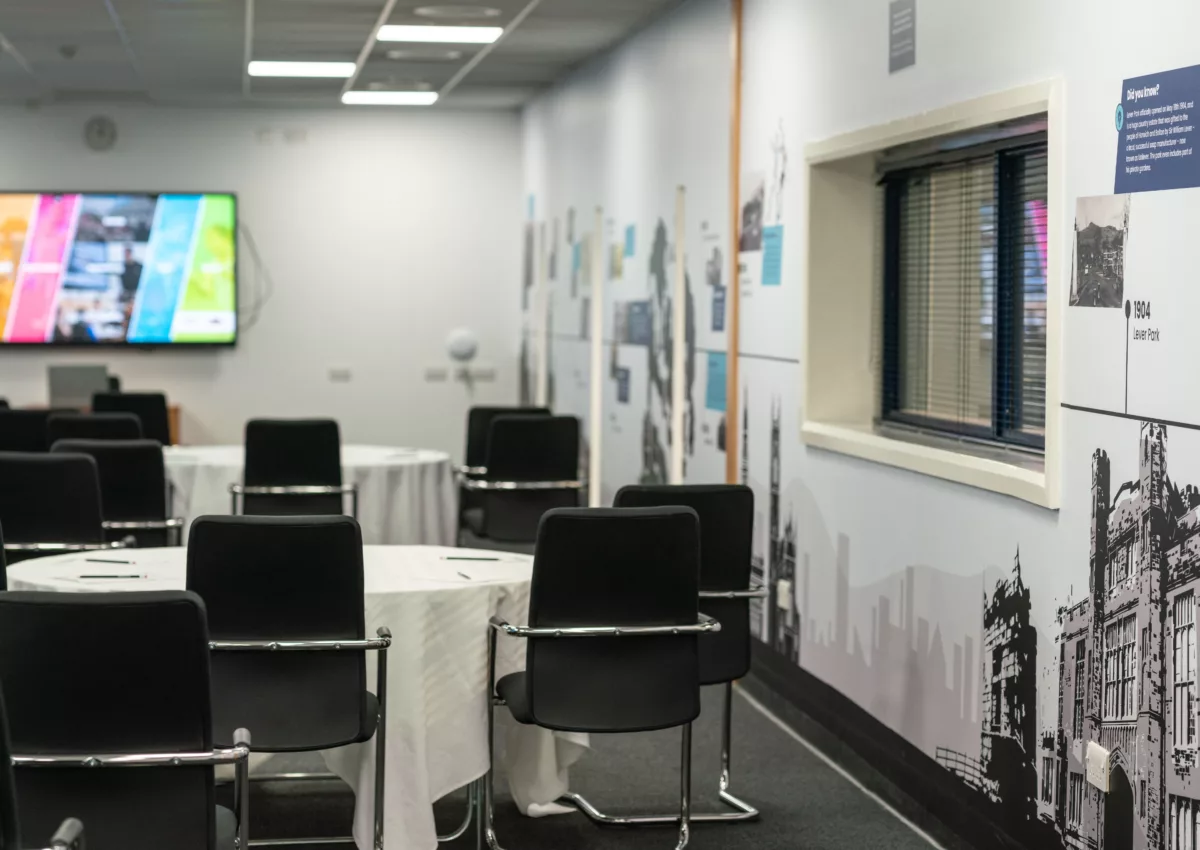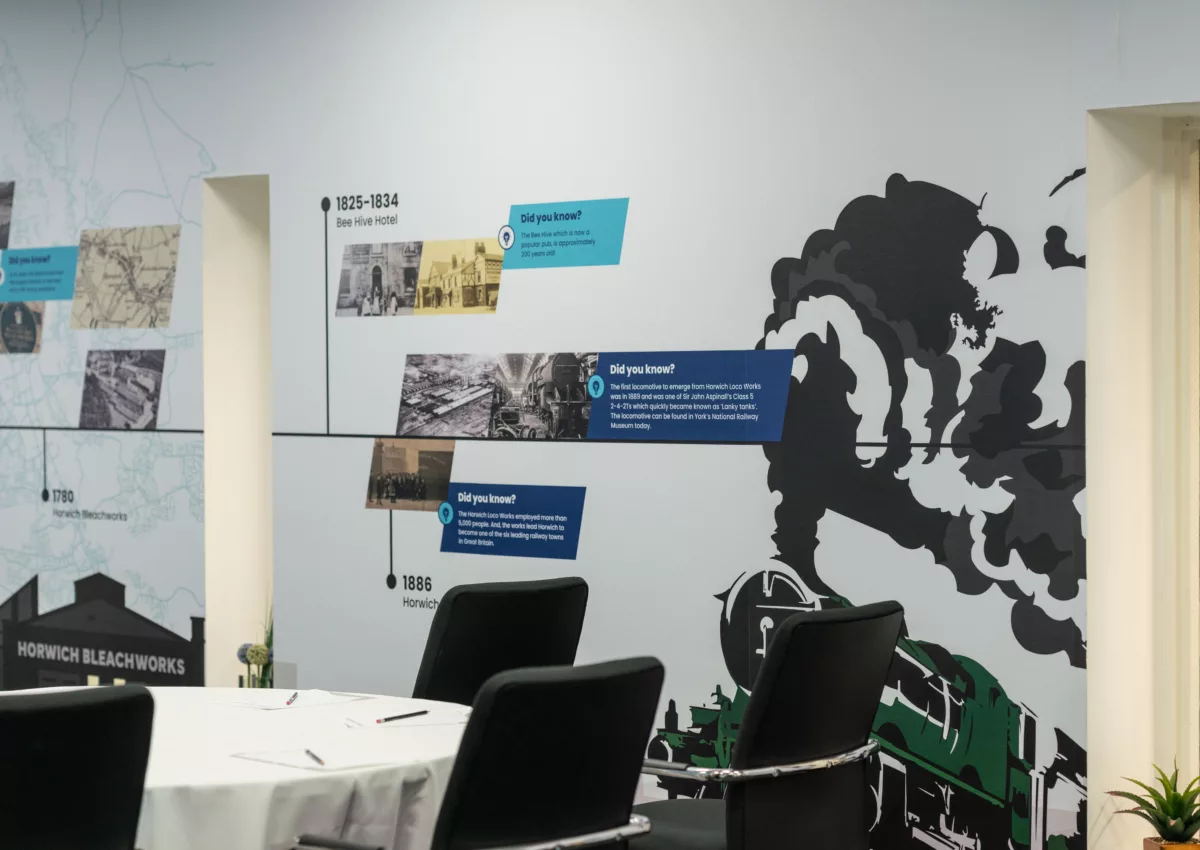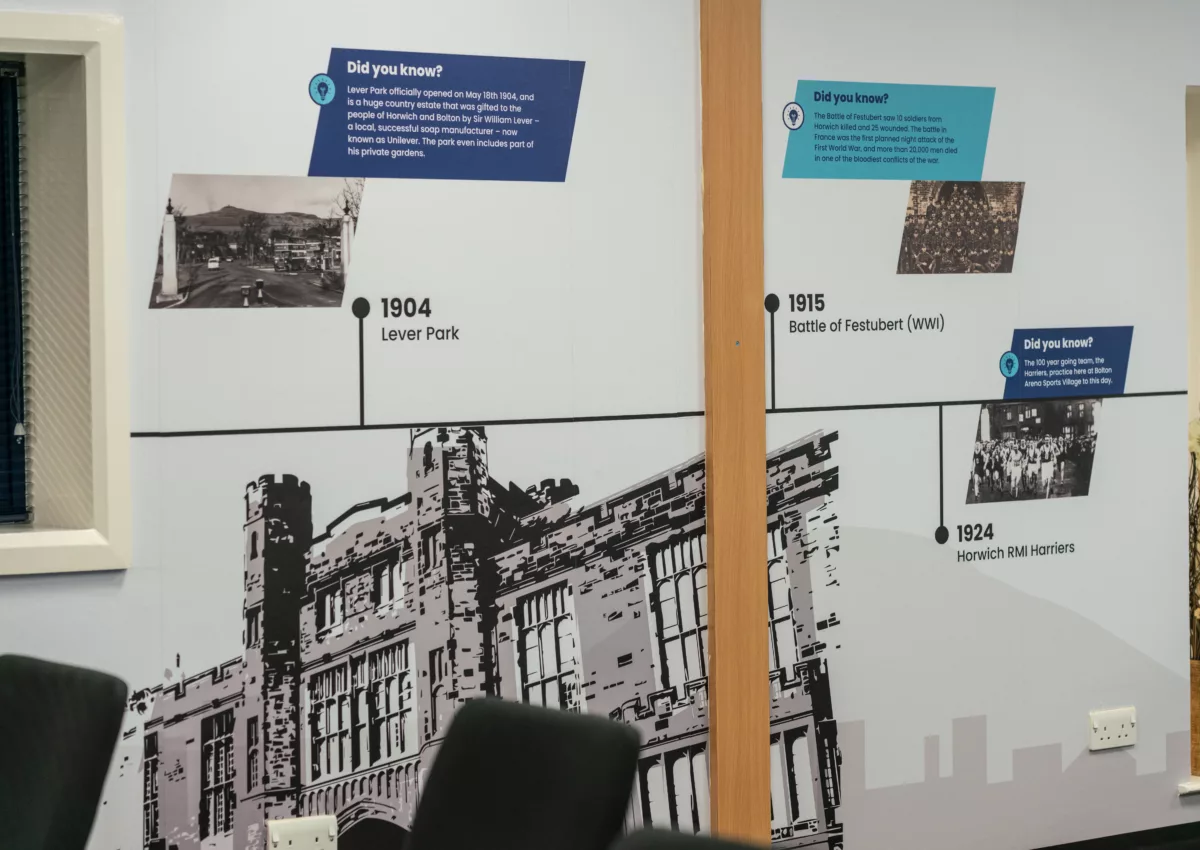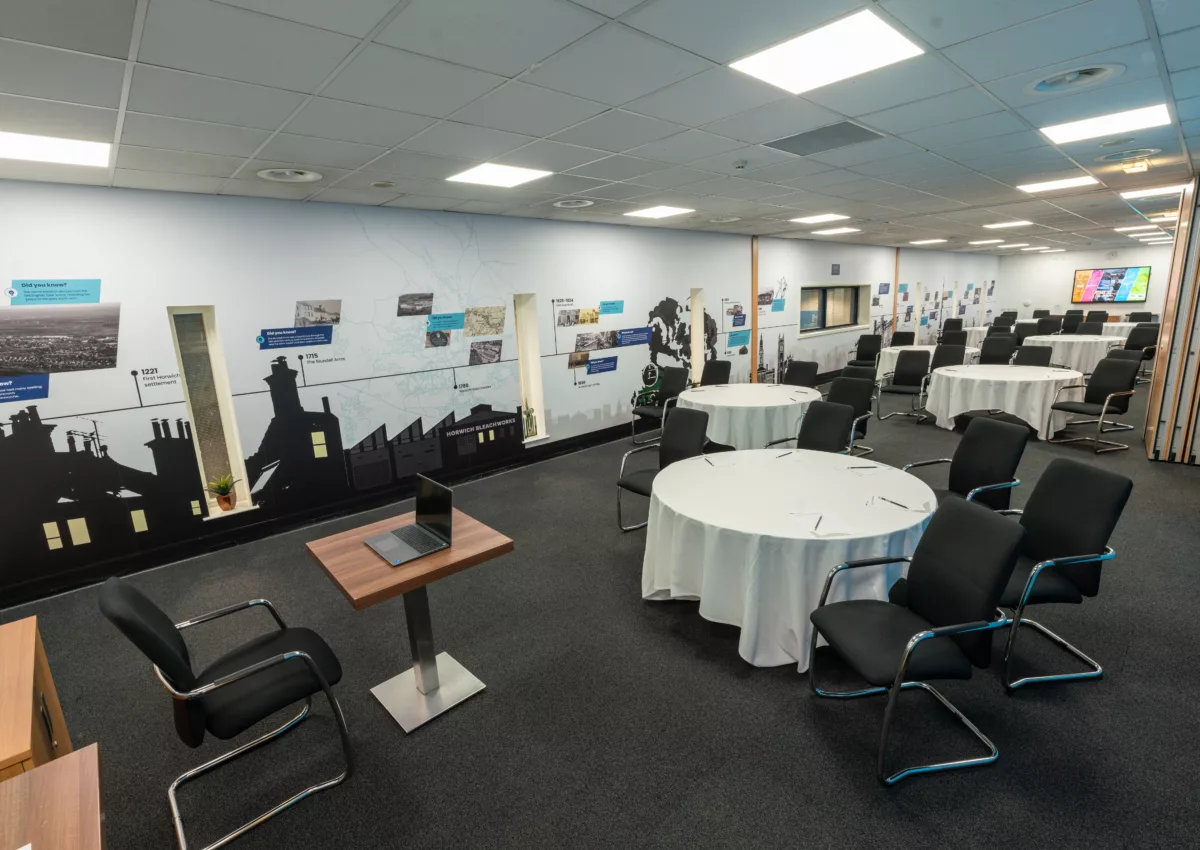Conference Wall Mural
A project chronicling almost 800 years of Horwich history, completed by first year sixth form students at Bolton School, is to be transformed into a massive mural to adorn the walls of conferencing facilities at Bolton Arena Sports Village.
The epic timeline spans the first documented settlement of ‘Horewic’ in 1221 up until the construction of the arena and its role in the 2002 Commonwealth Games.
It has been researched and collated by three students from Bolton School’s Girls’ Division: Alice Nielson, Constance Cowen, Eliza Denson and Thea Littlefair, along with Melissa Wright, Secretary of the Bolton branch of the Historical Association, as part of their active engagement in participating in voluntary endeavours; reflective of the school’s ethos to ‘make a difference for good.’
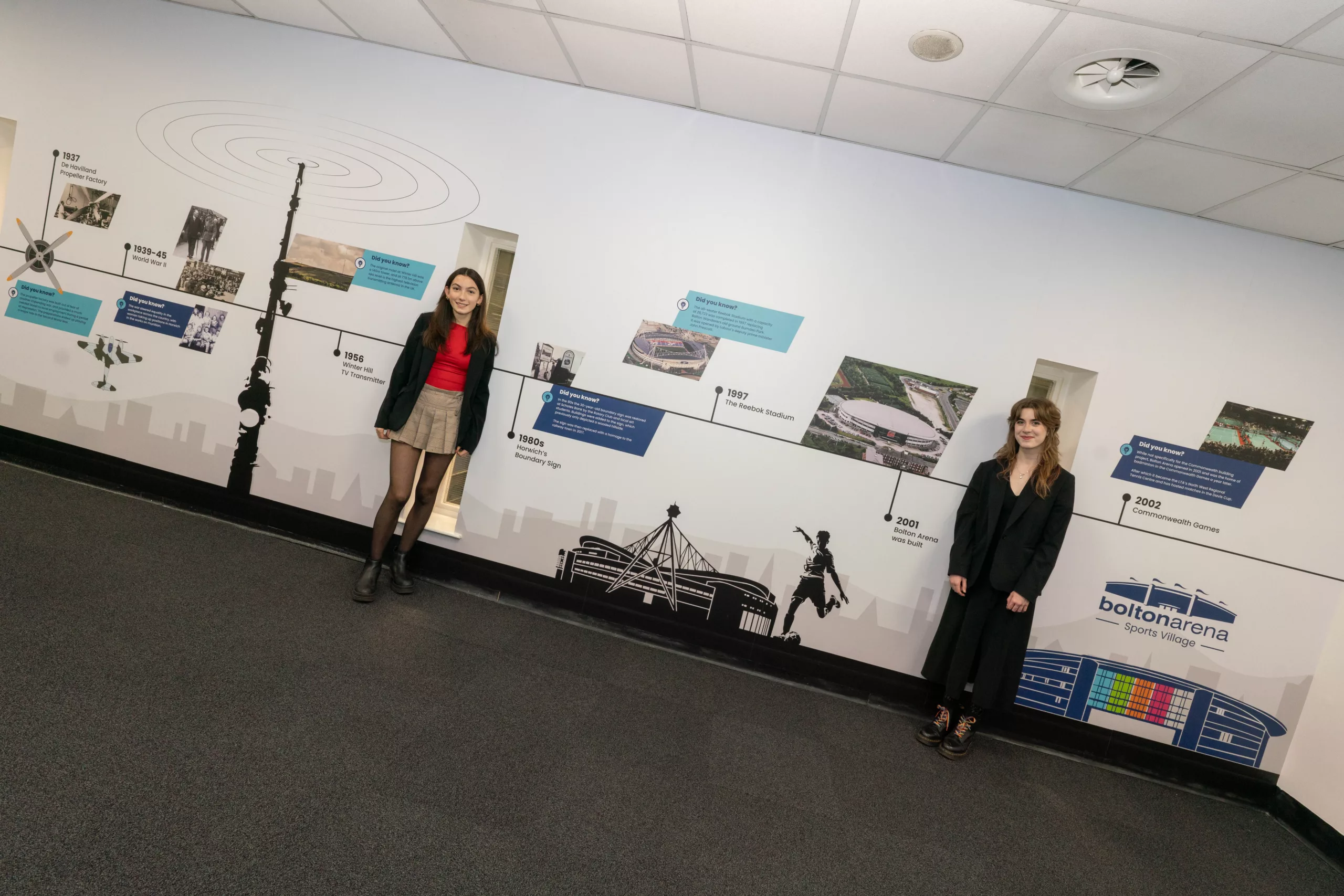
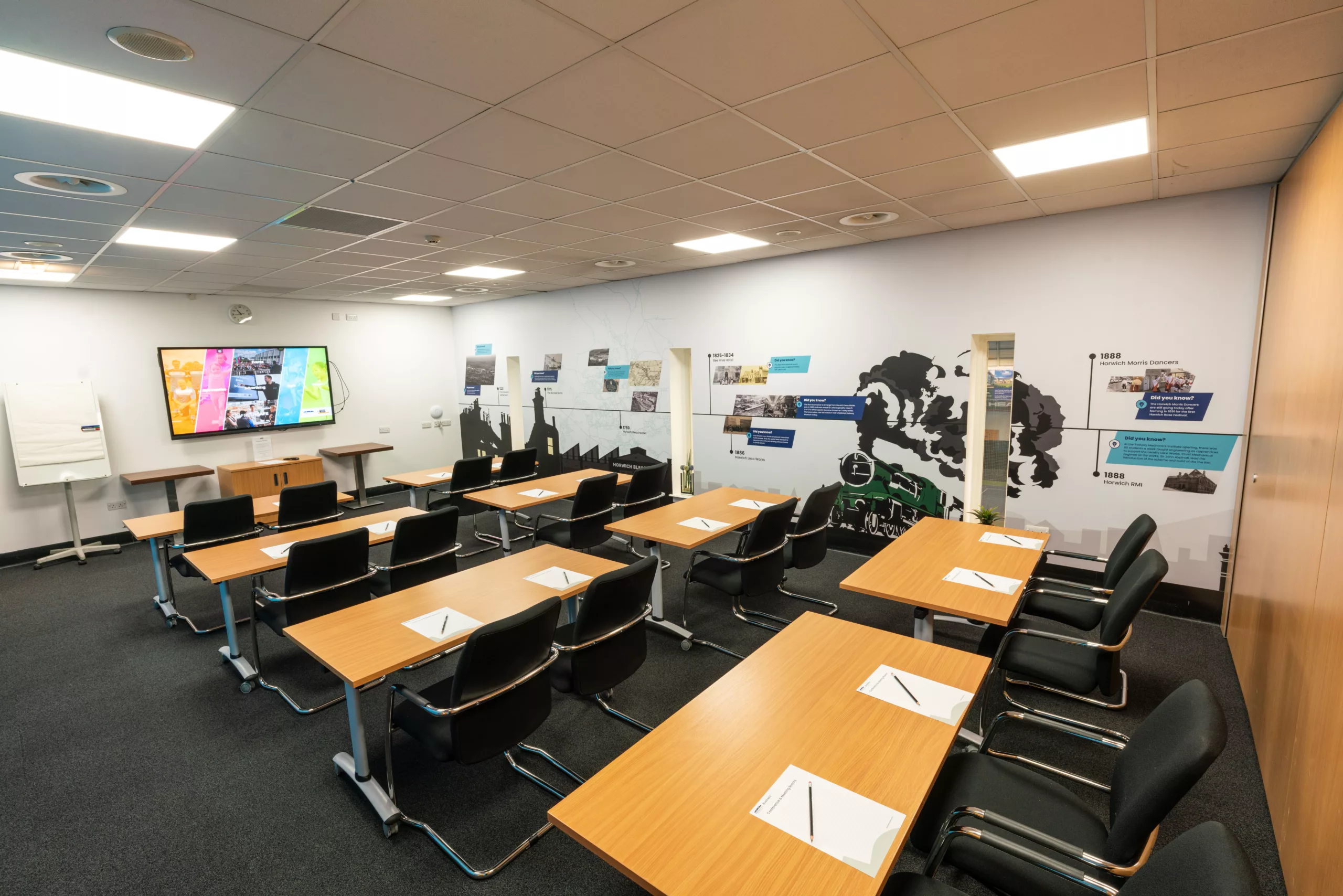
The collaboration between the arena and the school, which itself dates back to 1516, came about when the arena’s commercial team set about upgrading the conference facilities.
Lee Wood, Head of Commercial at Bolton Arena Sports Village, explains: “Our aim was to do something unique to elevate our conferencing facilities to the next level. When the conferencing space is opened up, it provides a 78ft wall that we felt could be turned into something distinctive and engaging.
“Horwich has some great history, something we thought it would be important to showcase, so I contacted Mrs Wright as part of the Bolton Historical Association and the idea of having Bolton School students support and the project evolved from there. They’ve done a fantastic piece of work to pull it all together.”
Now the arena’s marketing and signage partner, Cornerstone Design and Marketing based in Oldham, has designed and created the 78ft wide mural that will be fitted to one wall that divides into three parts in the conference suite.
Using striking graphics, photographs and captions, it charts the 1221 settlement, the establishment of the Blundell Arms in 1715, and the establishment of Horwich bleach works in 1780.
It features a large section on the establishment and success of the Horwich Loco Works and the Railway Mechanics Institute (RMI) in the late 1800s, the latter giving its name to a successful non-league football team and the renowned Horwich RMI Harriers founded in 1924 and still going today based at the arena
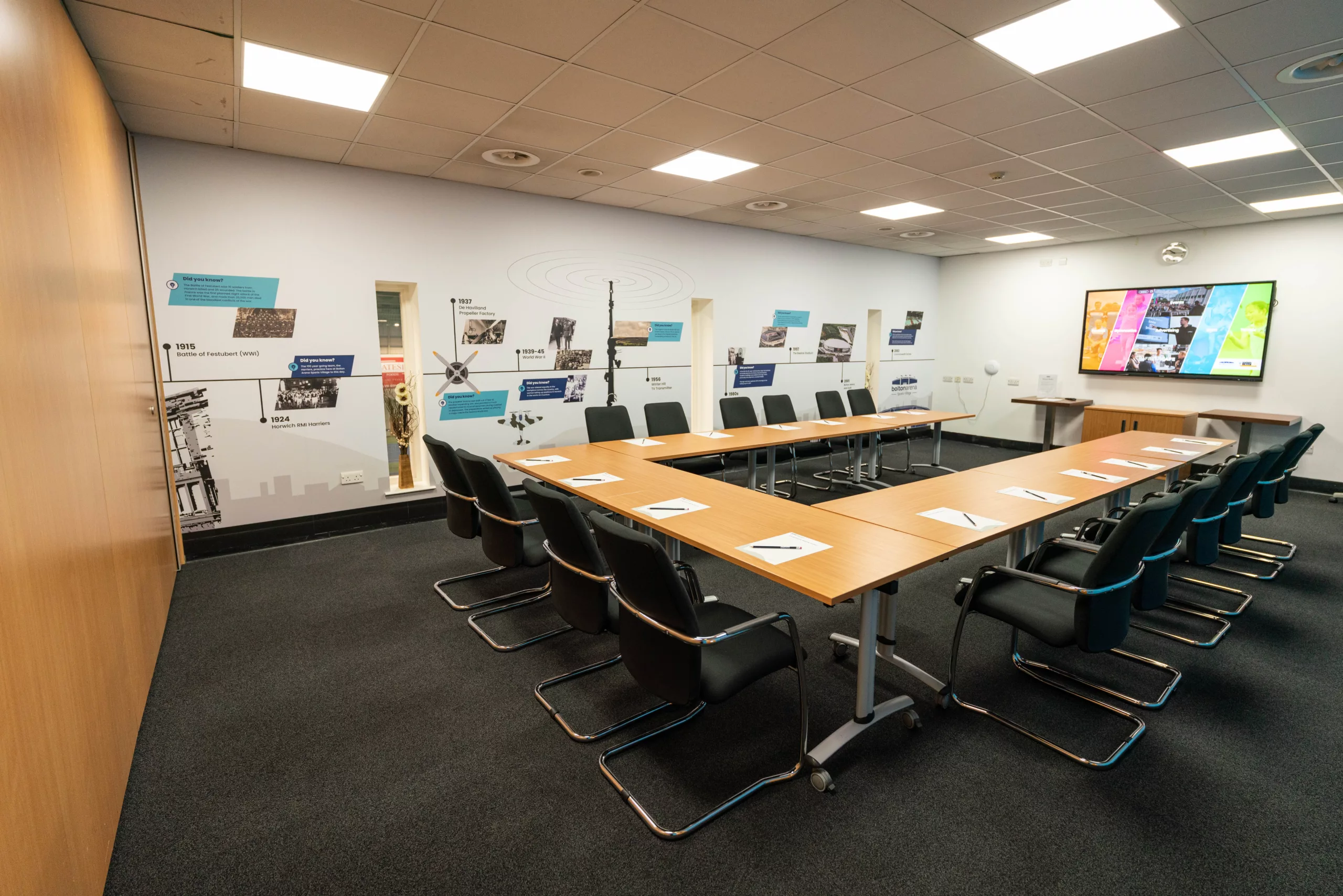
The early 20th century section tells of the toll on Bolton soldiers fighting at the Battle of Festubert in 1915, the first planned night attack of the World War One, in which more than 20,000 men were killed. On a happier note, the opening of Lever Park in 1904 is featured.
The opening of the De Havilland Propeller factory in 1937 features prominently; the factory providing much needed jobs at the time as fears of war later materialised and women went to work to replace the men fighting at the front.
And there’s a place for the Winter Hill TV transmitter, that first came into service on 3rd of May 1956.
The building of the Reebok Stadium in 1997, which replaced Bolton Wanderers’ Burnden Park ground, and the construction of the Bolton Arena four years later, finish off the timeline.
Mrs Wright, who works with the pupils at Bolton School Girls’ Division, says: “This has been an amazing project to be part of. The girls have had the opportunity not only to develop their skills in historical research, they have also gained a more rich and vibrant understanding of our local history and indeed its links to Bolton School Foundation’s long historical links to Lord Leverhulme. It really has been a wonderful learning experience for the girls.”
Speaking of the mural, Eliza Denson, one of the students who worked on the project, says: “We are really excited to see our research come to life and being transformed into such a visually striking timeline that will be seen by hundreds of visitors to the arena. That is really rewarding.”

